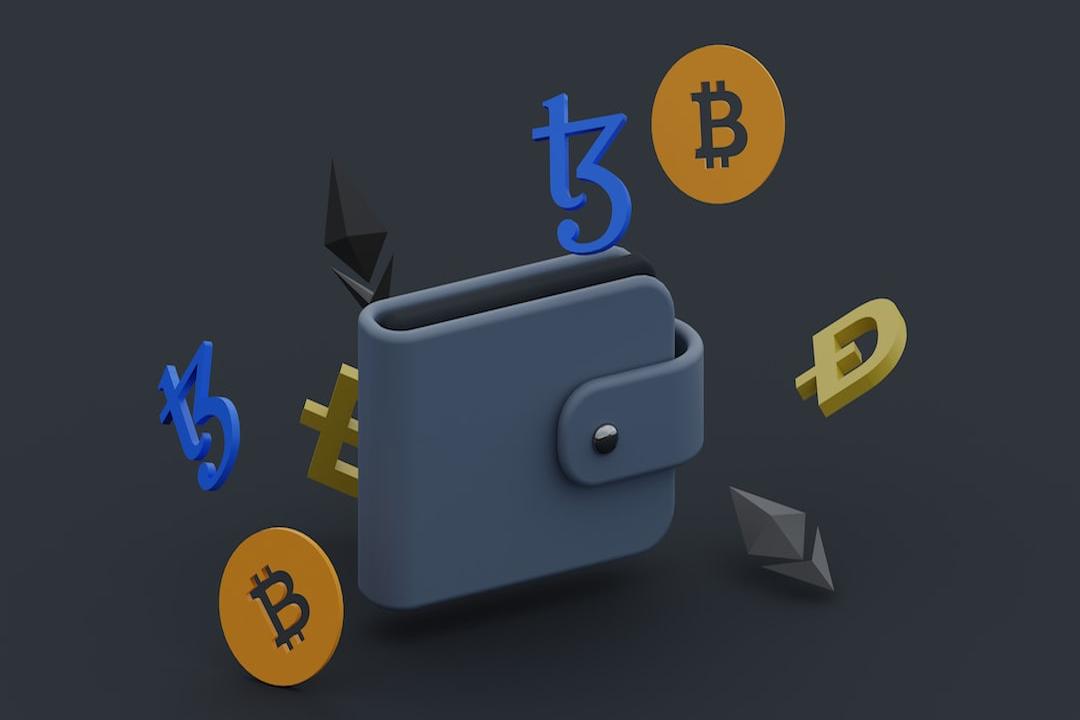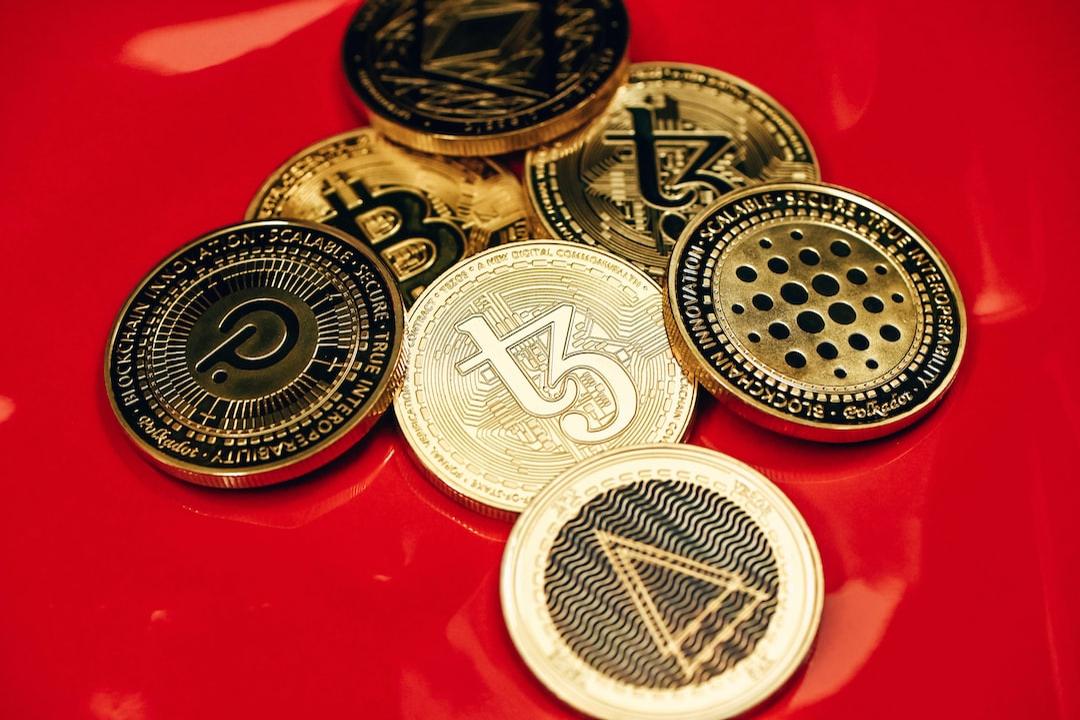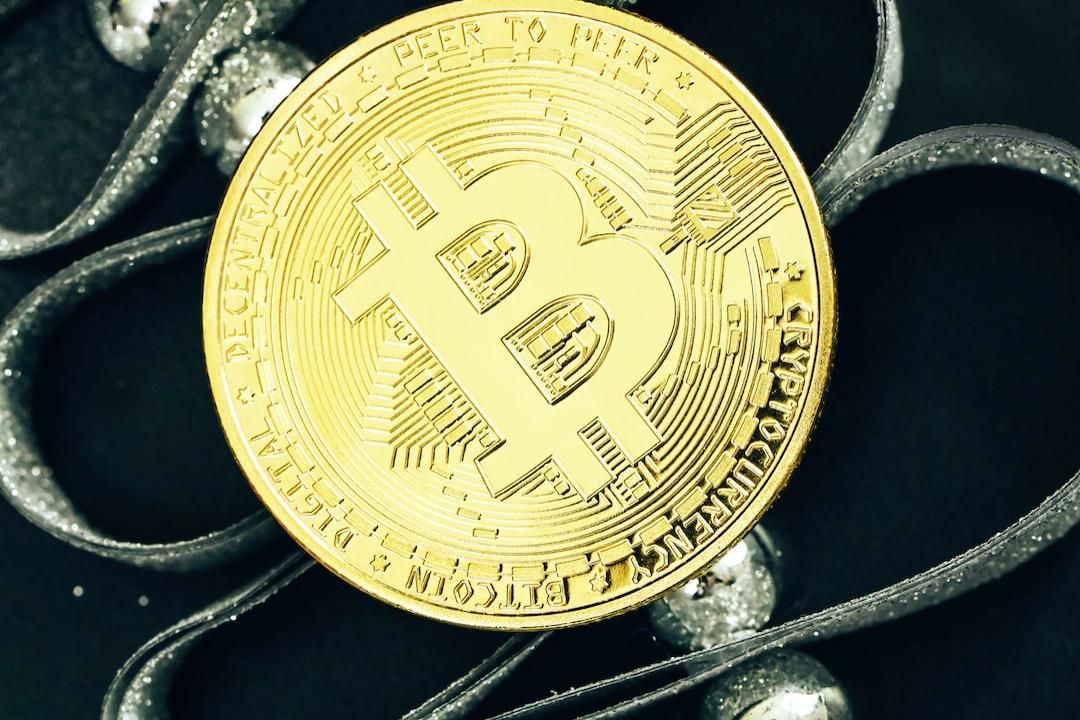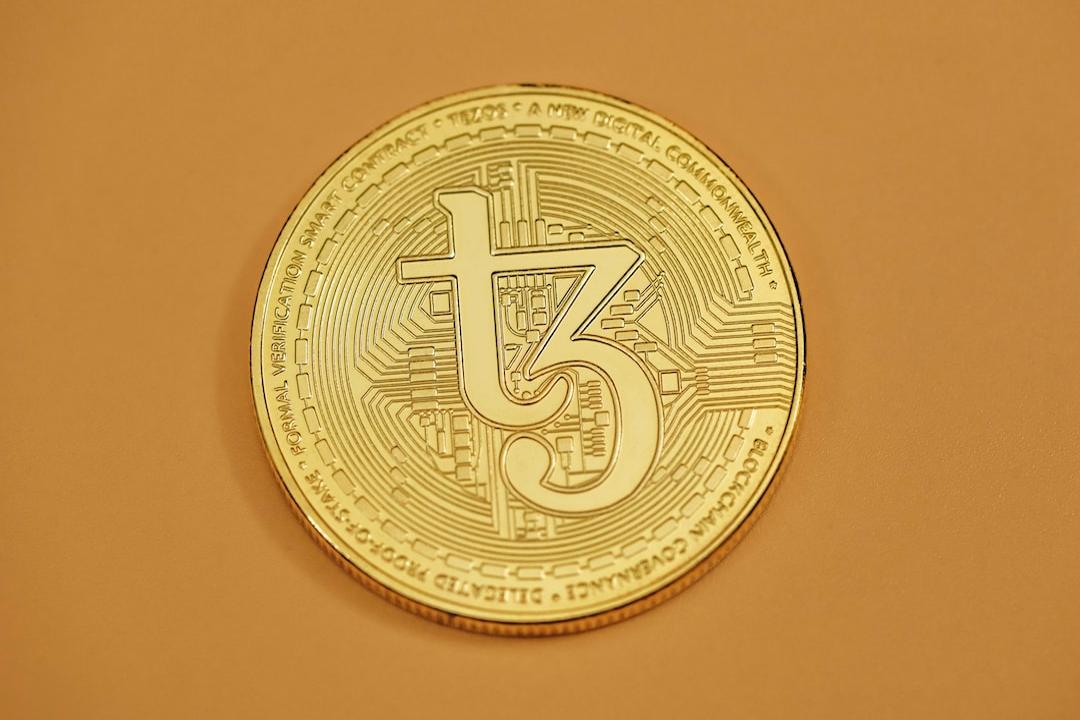15 Crypto Projects Kick Off Token Buyback Trend
In recent months, the cryptocurrency market has continued to experience downward volatility, with investor confidence hanging by a thread. As the mood of market pessimism persists, a “buyback frenzy” has quietly emerged, with project teams attempting to boost market confidence by utilizing real capital, aiming to push token values upward against the trend.
This article from PANews compiles 15 crypto projects that launched or announced token buyback plans in 2025, with DeFi projects being the most active in this regard.
Among these projects, many have buybacks worth tens of millions of dollars. However, the transparency of these buybacks varies, and despite the market downturn, the response of token prices to buybacks has mostly been lukewarm.

DeFi Dominates Token Buybacks, Market Response Mixed
To some extent, buybacks are not only a short-term market rescue measure but also seen as an important strategic move to reshape the token economy and add long-term value to the project.
Among the 15 crypto projects, DeFi continues to be the main force behind token buybacks. Seven DeFi projects have initiated or planned buyback programs, including Hyperliquid, Ether.fi, Raydium, Jupiter, Aave, Jito, and Arbitrum. This also reflects the urgent need for optimizing token economic models in the DeFi sector. Of course, fields such as AI, security, Layer 1, Layer 2, and MEME are also gradually exploring buyback mechanisms.
In terms of buyback scale, projects like Hyperliquid, Raydium, Jupiter, Aave, Aerodrome, and Virtual Protocol have significant buyback efforts. For example, Raydium uses part of its pool transaction fees for buybacks. As of now, it has repurchased more than 55 million RAY tokens, accounting for approximately 10% of its circulating supply. In January alone, Raydium spent $54 million on buybacks, setting a new record for monthly buyback expenditure. Jupiter allocates 50% of its protocol fees to repurchase JUP tokens and locks them for three years. If the protocol’s income from last year is used as an estimate, approximately $50 million will be spent on repurchasing JUP tokens. In just about one month, over $9 million worth of JUP tokens have already been repurchased. Aave’s initial plan was to buy back tokens worth $1 million per week for six months, totaling $24 million. After that, adjustments will be made based on the overall protocol budget. Virtuals Protocol is using a TWAP mechanism to repurchase and burn around $40 million worth of VIRTUAL tokens.
Additionally, three projects affected by Binance’s market maker investigation have also released buyback plans. Movement plans to use $38 million recovered from market makers within three months to repurchase MOVE tokens. In comparison, projects like MyShell and GoPlus Security have smaller buyback scales.
In terms of execution, many crypto projects have already started and are continuously carrying out their buyback plans, showing a higher degree of transparency and execution. For example, Hyperliquid began its buyback after the TGE, and HYPEBurn data shows that by March 25, more than 189,000 HYPE tokens had been burned, worth over $3.026 million. Aerodrome has been burning tokens since its protocol went live and has repurchased over 100 million AERO tokens.
However, some projects’ buyback plans have not been fully disclosed or implemented, leading to a degree of uncertainty. For instance, Jito’s buyback proposal is still in the proposal stage, and Berachain has only mentioned that a buyback will be arranged but has not disclosed specific amounts or execution methods. Arbitrum officially announced the initiation of its strategic purchase plan to increase its holdings of ARB tokens on the open market and through other trading methods, but the specific amount, quantity, and execution method have not been disclosed. However, the official team has previously engaged in buybacks during periods of low token prices.
From a market reaction perspective, some projects’ buyback plans have had a positive impact on token prices. The highest price increase from the announcement of buyback plans to the present shows that projects like Aave, MyShell, and Virtuals Protocol have seen relatively significant price increases. However, about one-third of the projects have seen a maximum price increase of less than 10%, with the market reaction being relatively mild. Naturally, this divergence may be related to buyback scale, execution, project fundamentals, and the overall market downturn.
Behind the Buyback Frenzy: A Bet on Value or a Self-Rescue Measure?
In this crypto cycle, Bitcoin’s market share has consistently remained above 60%, while most altcoins have suffered a market cap cut in half or even plummeted to rock bottom. This has led to multiple discussions about whether the “altcoin season” is over.
According to Coinmarketcap data, as of March 25, the Altcoin Season Index has dropped to 19, a new low since December 4, 2024. Among the top 100 crypto projects by market cap, only 19 have outperformed Bitcoin.

Under the heavy pressure of the market, token buybacks have gradually become a standard strategy for many projects. However, opinions about them are divided. Supporters believe that buybacks demonstrate the project team’s confidence in its own value and release a positive signal. Critics argue that buybacks must be aligned with the project’s own growth potential. Some even believe that buybacks may turn into a tool for project teams to “dump” tokens or provide short-term liquidity, failing to address the core issue of development.
For example, in the opinion of @qinbafrank, the strong clearing of small-cap coins over the past year has actually forced the market to evolve further: either focus on truly innovating value, or abandon the fantasy of high valuations and start from low market cap (allowing secondary markets to enjoy growth dividends, rather than just liquidity); or projects with revenue should start injecting some of their profits into token economic models to increase the value per token. This is a positive start for the crypto market.
Crypto KOL “Rain Sleep” believes that when all projects treat buybacks as a solution to token price issues, buybacks lose their original meaning. They become more like a way to exit liquidity for project teams. Mindless buybacks do not solve the problem of sustainable development and growth. Buybacks should serve the long-term vision of the project.
KOL @cryptowolfin also points out that the key to price fluctuations lies in income growth and narrative, while buybacks cannot determine the long-term trend. When the market is good, project teams may buy back tokens at high prices, resulting in excessively high costs. However, when token prices fall and income declines, the funds available for innovation or strategy adjustments are insufficient, leading to further price declines. Ultimately, what project teams should focus on is investing in growth and value distribution, not burning money at the wrong time.
Messari researcher MONK recently wrote that projects like RAY, GMX, GNS, and SNX used programmatic buybacks to repurchase millions of dollars worth of tokens, but these tokens are now worth much less than their original cost. Currently, programmatic token buybacks of various crypto projects have three major fallacies: first, buybacks are unrelated to price trends, which are primarily driven by income growth and narrative formation; second, when income is strong and prices rise, projects buy back tokens at unfavorable prices, consuming more cash reserves; and third, when prices and income decline, projects lack the necessary funds to invest in innovation and restructuring, even facing large unrealized losses.
Therefore, the current programmatic token buyback strategies of crypto projects are mostly “poor capital allocation,” and projects are advised to focus on driving growth or distributing actual value to holders through stablecoins or mainstream tokens.

Whether buybacks can become an effective tool to boost the market or are merely a capital game may only be answered by time. However, for investors, the effectiveness of buyback plans is not immediate. In addition to focusing on the buyback amount, investors should pay attention to the project’s long-term plans and actual execution.
This article was republished in cooperation with PANews.

